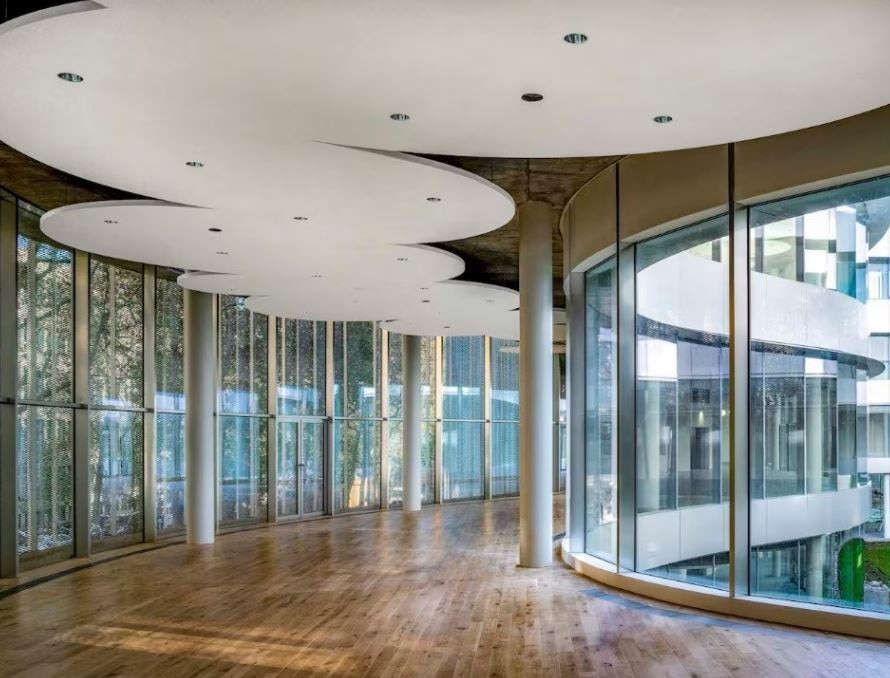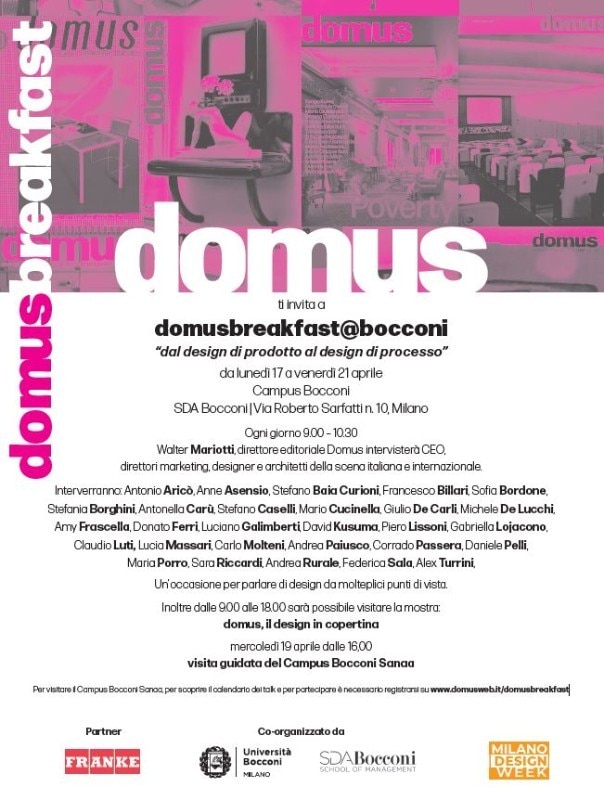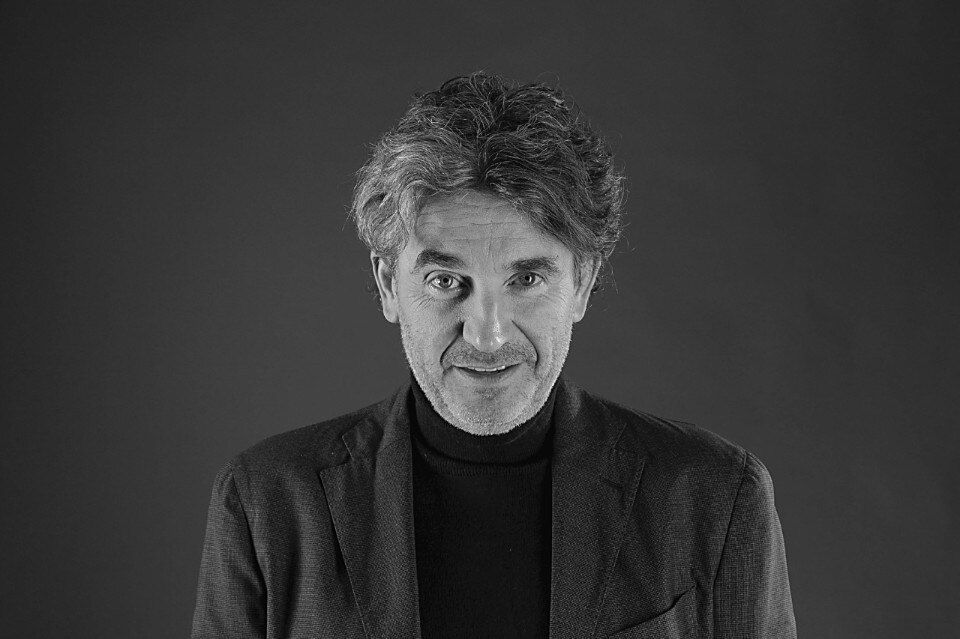What is design? Where is it headed to? It is not a trivial question one, and it isn’t only because the Salone del Mobile is approaching, the most important international design fair which became a cultural and lifestyle event and sets the guidelines at global level, but rather because very few words had the luck that design had in the past few decades. A fate that, just like the Latin definition says, is ambiguous and it can become both auspicious and adverse.
Just like “luck,” “design” is a vox media, that is a work that expresses contrasting concepts and represents, just like very few words do, both an action and a concept, it’s both a verb and a noun. But contrary to luck, the intent of design has always been a subversive one, because the root of design is within a plain, a plot, an artifice. An authentic “design” is clever and ambitious, so that if it’s implemented to perfection and with a good aesthetic component, it can overturn reality and therefore nature. Not by chance, there are those who consider Ulysses the first designer, seeing his ability to concoct projects like the Trojan Horse. The first object of design in history contained a ferocious and unspeakable secret within.

With completely different kind of intentions, Domus was glad to accept the invitation extended by Bocconi University to develop a project on the topic of design and initiate, in this way, a new collaboration between the two institutions established in the 1900s in Milan – Bocconi University in 1902 and Domus in 1928 – which brought the world to Milan and Milan to the world. And they decided to do so in one of the most iconic buildings of our time, which just a few seasons after its inauguration has already become a symbol of the 21st century or, as they say in the architecture field, a true landmark.
The purposes behind this new, common path are many, but the main reason to undertake this partnership is that Domus has been making design criticism one of its editorial pillars for the past century. For this reason, there is no better occasion to investigate the “state of design” than the week that goes from April 17th to 22nd, when Milan will be lit up by the light emanating from creative works, offering to a cosmopolitan, educated, and refined public, that once again has set an attendance record, a series of varied experiences that range from visual to conceptual.

So, in order to take the first step onto this common path true to its own history, Domus has suggested a sort of countermelody to Bocconi, not for the renewed program of the Salone del Mobile, but for its conceptual side, focused on the products. Domus invited protagonists from industry, finance, business, and culture world to talk about design and open a dialogue on its evolution, which has unquestionably landed from “product” to “process.” An approach that might seem a paradox during the week that celebrates design products and the expertise behind them but that intends to add an additional meaning, that of the world of research and innovation that is part of what defines both Bocconi University and Domus.
If up to yesterday “design” meant and identified something very precise, related to the material culture and in particular to the universe of objects that, for a not so clear reason, the human species conferred not only a practical function but an increasingly symbolic one as well; today design is a word that is becoming progressively less defined, expanded to a “process” in which the concrete object is only the final phase and, maybe, not even the most important one, despite being the main activating factor.
Today, people have been increasingly talking about Design Thinking or Process Design, that is an approach to innovation aimed at integrating people’s needs with the possibilities offered by technologies and both the personal and business objectives. The Cartesian shift in the interpretation of reality is clear: from the object to the subject, from a design-centered world to a world centered on the people and the solution of complex problems through creative and aesthetic thinking before technological tools.
The goal of design today is not that of merely producing “objects that improve people’s lives” but to “generate value and develop potential and emotions” for individuals and the community through innovative and aesthetic solutions. In this perspective, the first phase of design isn’t based on the quality of the homo faber but on the homo sensiens, that is on the most interesting of the human traits: empathy.
.JPG.foto.rmedium.jpg)
Design must empathize with others in order to gather information on their inner worlds rather than their practical needs. An emotional and almost anthropological research, before an intellectual and technological one, to learn and understand what people do, say, think, and above all feel. Then, the information and the emotion acquired are analyzed in depth, looking for reoccurring elements and defining the common problem areas, which often reveal unmet needs to be addressed through creative ideas and solutions.
Throughout this process, data and digitalization play a key role, however not an exclusive one because the decades of human experience of the experts and the entrepreneurs of the field is just as crucial. Another paradigm shift is the fact that during this phase, quantity is favored over quality, to also give freedom and rights to the creation of ideas.
Prototyping, or in other words the creation of a series of possible solutions to various needs, is not an object anymore but a concept, a process and an association of landscape that take shape according to aesthetic, social, and economic characteristics and so on. A shape that represents the solution not only if it solves a problem but above all if it generates value in the form of positive emotions and inclusion of values.
Today, process design is key in all social and industrial fabrics. This is true in the world of aesthetic production but also in increasingly persuasive and broadened scenarios, where inputs must generate more evolved and convincing outputs, from science to finance, from demography to climate change, from pedagogy to institutions and the redefinition of services. The most exciting aspect is that the process design is an authentic cognitive and semantic matrix, which shows how only creativity and culture can overcome the challenges of our time in all areas.
One final note. When deciding to dedicate a reflection on shape in the week that celebrates shape, we decided to have an informal approach. Not only to commemorate the merits of the artistic movement that in the 1960s and 1970s drew the attention back to randomness as a creative principle, but to si parva licet even in a platonic key, in other words having in mind that the awareness that the most creative movements and with the most exchange take place around a table, where thoughts and emotions are free to overcome their limits, affiliations, representations, and, indeed, formalities.
While we are not able to organize more formal lunches or dinners, due to the complex schedule of the protagonists of this week full of events, we decided to offer a breakfast with coffee, croissants, but above full of emotions and ideas. A different way, a more pleasant and possibly useful way, to start the day and celebrate a week dedicated to beauty.


